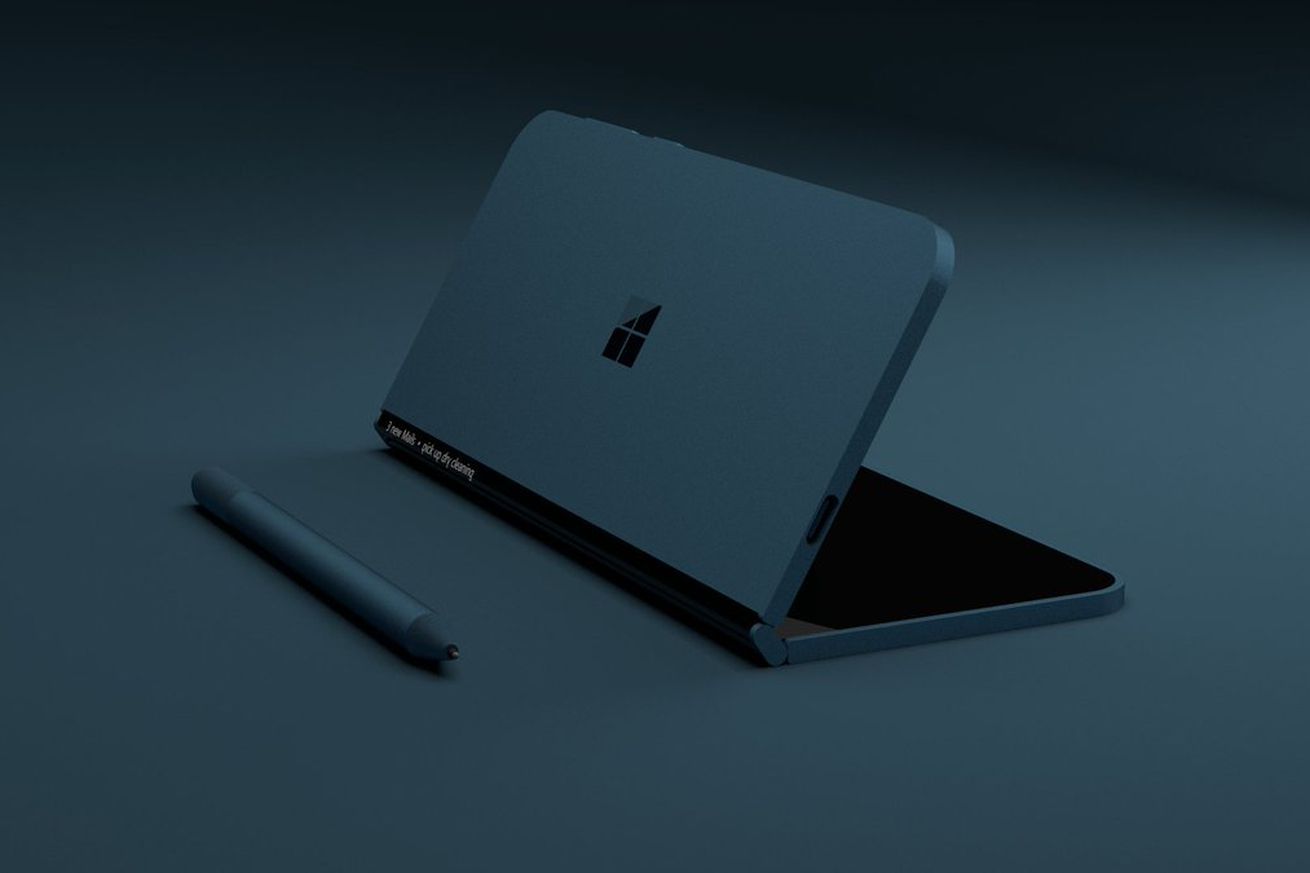Today we are announcing that Microsoft Teams—the hub for teamwork in Office 365— will begin rolling out for the US Government Cloud Community (GCC) on July 17th and will be available for all eligible customers by the end of August 2018.
Microsoft Teams is a chat-based workspace that enables teams to be more productive by giving them a single and secure location that brings together everything a team needs including chats, meetings, calls, files, and tools. Teams in GCC has been built to meet the enhanced security and compliance requirements of our GCC customers allowing them to transform communication and collaboration. Implementing modern collaboration and communications capabilities in the government sector can streamline your daily work so you can more efficiently deliver against your mission and provide services to citizens and constituents.
Security and Compliance Features
Security and compliance capabilities are critical for Government customers. In Microsoft Teams, enterprise grade security, compliance and manageability capabilities are built in. Teams is built on the Office 365 hyper-scale cloud, delivering the advanced security and compliance capabilities our customers expect.
Now Microsoft Teams meets the federal compliance requirements of GCC customers, including FedRAMP Moderate, CJIS, IRS 1075, and HIPAA, in addition to supporting global standards, including SOC 1, SOC 2, EU Model Clauses, and ISO27001. We also added support for audit log search, eDiscovery, retention policies and legal hold for channels, chats and files as well as mobile application management with Microsoft Intune.
Improve Collaboration & Communication with Microsoft Teams
Microsoft Teams provides teams with a chat-based workspace in which you can communicate and collaborate at ease with transparent and persistent conversations. Microsoft Teams leverages the power of Office 365 apps such as SharePoint Online, OneDrive, Word, Excel, PowerPoint and OneNote. Integrated access to these Office 365 services leverages your current investments and improves collaboration in the context of your team by providing central file sharing, co-authoring, and many more functions.
Microsoft Teams brings intelligent communications scenarios to life. Communication is improved by including high quality video in any meeting and from any device. Sharing files and agendas directly in the context of the meeting supports meeting efficiency. Imagine being able to collaborate on a document in real time with other team members and then hop quickly on a call to discuss your changes. This is the power of Microsoft Teams and Office 365. Collaborate on budget documents, project proposals, and program updates in a unified experience.
At Microsoft, our mission is to empower every person and every organization on the planet to achieve more. With that in mind, we’re working to ensure every team member can participate, with accessibility features, including support for screen readers, high contrast and keyboard-only navigation. This enables Microsoft Teams to be more inclusive and to tap into the collective brainpower and potential of every person.
Start preparing to use Microsoft Teams today
Start using Microsoft Teams to facilitate collaboration and communication and enable your employees to achieve more.
- Visit https://teams.microsoft.com to get started with the web experience or download the desktop client.
- Start to plan your implementation at https://successwithteams.com to get the most from Teams.
- Please let us know if you have any questions by posting them in the technical community for Microsoft Teams at https://aka.ms/TeamsTechCommunity. We are here to answer your technical questions about the product. Also visit the Drive Adoption forum to learn best practices for driving change management in your agency.
Frequently asked questions:
Q. Which Microsoft Government plans will include Microsoft Teams
A. Microsoft Teams is available in Office 365 for US Government G1, G3, G5, F1 and Microsoft 365 for US Government G3, G5, F1.
Q. What action do I (Admin) need to take to make Teams available to my users
A. Administrators do not need to take action, Microsoft Teams will be enabled by default. A Teams License will automatically be assigned to all existing users. However, for the best Teams experience, you should have Active Directory Online, Exchange Online, SharePoint Online, and Groups enabled for your users.
Q. When will Teams become available to government plans?
A. Microsoft Teams will begin rolling out for the US Government Cloud Community (GCC) on July 17 and be available for all eligible customers by the end of August 2018. We are working to bring Microsoft Teams to the other US government clouds (GCC High and DoD) coming soon.
Q. Are there feature differences between Microsoft Teams in Microsoft Commercial Cloud and Microsoft Teams in Government Community Cloud?
A. To accommodate the requirements of our government cloud customers there are a few features differences between the GCC cloud and that of commercial customers. For more information and to find out more about the features available, go to aka.ms/teamsgccsetup.
Going forward, new features for Microsoft Teams will arrive to GCC after release to commercial customers due to increased audit requirements and activities to meet the needs of the GCC environment. We are dedicated to honoring our compliance commitments laid out in the Office 365 Compliance Framework. We are working to shorten this time where possible.
Q. What platforms does Microsoft Teams support?
A. Microsoft Teams runs on Windows, Mac, Android, iOS and web platforms.
Q. What level of security and compliance does Microsoft Teams support?
A. Microsoft Teams security and compliance includes ISO 27001, ISO 27018, EUMC, SOC 1 Type I & II, SOC 2 Type I and II, HIPAA and FedRAMP Moderate. Microsoft Teams also enforces two-factor authentication, single sign on through Active Directory and encryption of data in transit and at rest.
Q. What trainings are available to help Office 365 admins learn about Microsoft Teams?
A. Start your training process for Microsoft Teams on our SuccessWithTeams.com site. This information will support you in planning, deploying, adopting and managing Microsoft Teams. Video content can be found in the Training section of the site. Additionally, visit Coffee in the Cloud main video page on YouTube at https://aka.ms/CoffeeintheCloud for long form training content and short how-to videos relevant to IT professionals, Office 365 Champions and end users.







 According to Sonia Lo, Crop One's CEO, airlines tend to have a more reliable demand than grocers.
According to Sonia Lo, Crop One's CEO, airlines tend to have a more reliable demand than grocers.


























